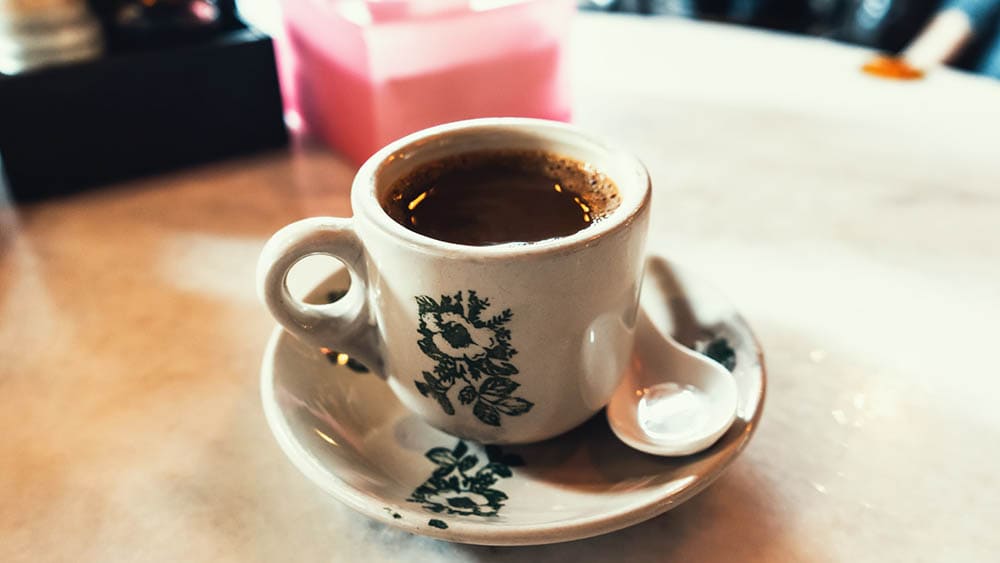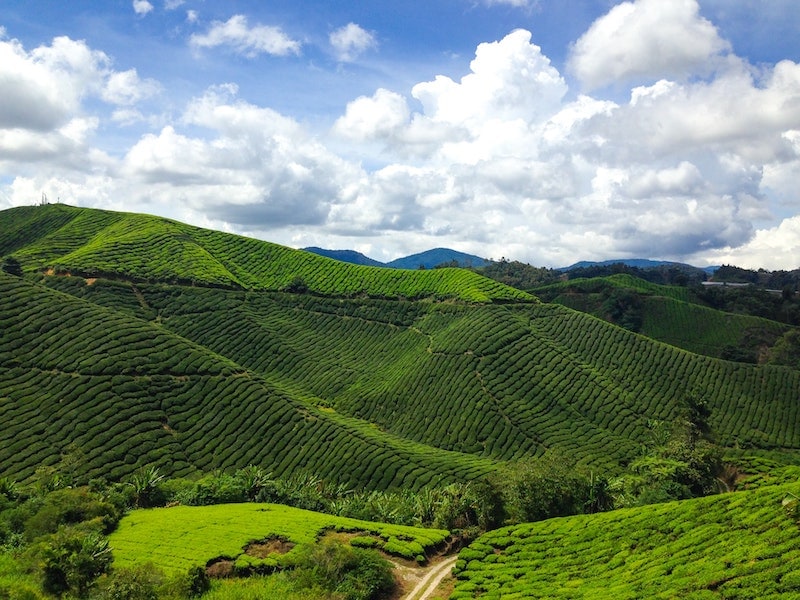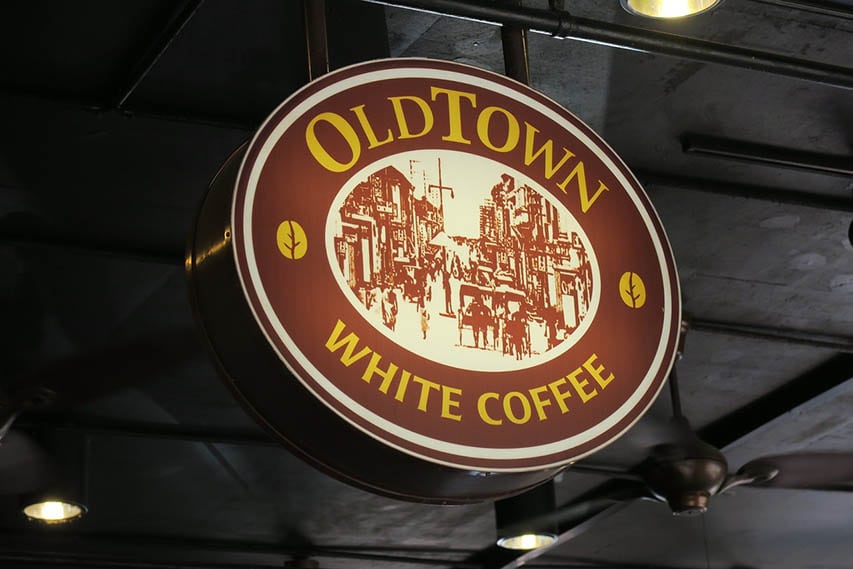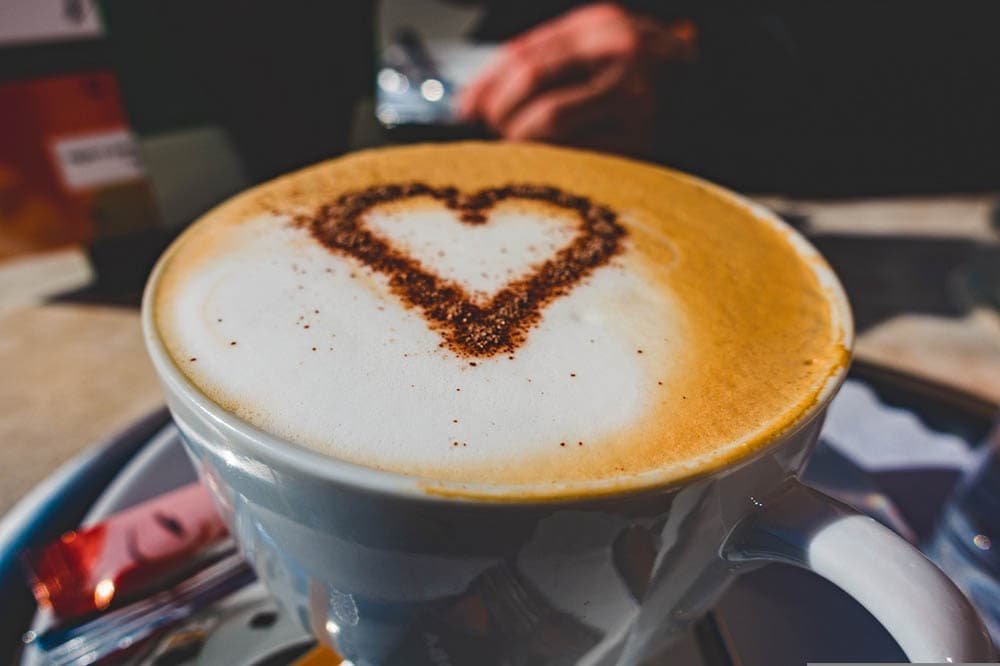
Saying “coffee culture” often evokes images of sipping espresso on a terrace somewhere in Italy. The beans to make said espresso are always imported into Europe and the United States as they cannot grow them. But Malaysians have their own coffee and way of drinking it that for us in the west might seem a tad unusual. Let’s take a look at how coffee first arrived in Malaysia.

How Did Coffee Come to Malaysia?
While historically Malaysia has had a penchant for tea, being influenced by the rest of East Asia, they were introduced to the Arabica species of coffee in the late 18th Century. Coffee consumption caught on and not even a century later, they were growing Liberica and Robusta beans.

Can Coffee Be Grown in Malaysia?
While Malaysia is not really in the specialty coffee market, which consists almost exclusively of Arabica beans, it does produce a lot of coffee. It is interesting to note that though Malaysia doesn’t even rank in the top 50 worldwide coffee exporters, 90% of its bean production is dedicated to the Liberica species. Liberica only accounts for 1% of worldwide coffee production. The other 10% of beans produced and exported by Malaysia are Robusta beans.
Why doesn’t Malaysia grow the coveted Arabica species? Though Malaysia’s latitude is well suited for growing coffee (they’re in the Coffee Belt), they simply don’t have enough altitude to grow quality Arabica beans. Arabica coffee plants are much more susceptible to diseases like leaf rust and also have lower yields in lower altitudes.
Liberica and Robusta species, on the other hand, are much harder and can handle more of the harsh conditions that are present in lower altitudes. For this reason, they are much more affordable than specialty Arabica coffee.

What Is Malaysian Coffee?
When it comes to specialty coffee in Malaysia, most of it is imported. This is because they do not grow the Arabica species. Arabica has notably much more flavor than Robusta or Liberica. Cupping light to medium-roasted specialty coffee will bring out fruit and nut notes, as well as other subtle flavors.
But with Malaysian coffee, since it is mostly the bold Robusta, it is roasted differently. Malaysian coffee roasters often roast the beans dark and using butter or margarine and sugar. The point of this is to accent the rich flavors and mouthfeels that are unique to Liberica and Robusta beans.
Kopi, as it is called in Malay, is black coffee served with sugar and condensed milk. It is typically served sweet and creamy to compensate for the fact that the locally grown beans don’t have many subtle flavors. The flavors that do come through are bold. Chocolate and caramel are common flavors. Of course, when the beans are roasted with sugar and butter, this is going to come through as well. Kopi-O is sweetened black coffee while Kopi-O-kosong is plain, unsweetened, black coffee.

What Is Malaysian White Coffee?
White coffee is not a reference to the type of roast. You might think it is similar to green coffee. However, Malaysian White Coffee is called ‘white’ due to the color after adding the sweetened condensed milk. It is more popular than kopi-O in Malaysia.
Beans used to make Malaysian white coffee are roasted with margarine but without sugar. Some coffee producers have made a 3-in-1 instant coffee, sugar, and non-dairy creamer for on-the-go or quick at home use to make Malaysian white coffee.

Final Thoughts
We hope you enjoyed this guide to Malaysian coffee. If reading that last section has made your mouth water a tad, you can simulate Malaysian white coffee at home using either a pour-over or home espresso machine. Just be sure to buy Robusta beans, sugar, and sweetened condensed milk. If you want to roast your own with added margarine or butter and sugar, that’s a next-level adventure. But be sure to check out our roasting guide.
More great reads:
Featured Image Credit: Charlie Waradee, Shutterstock















